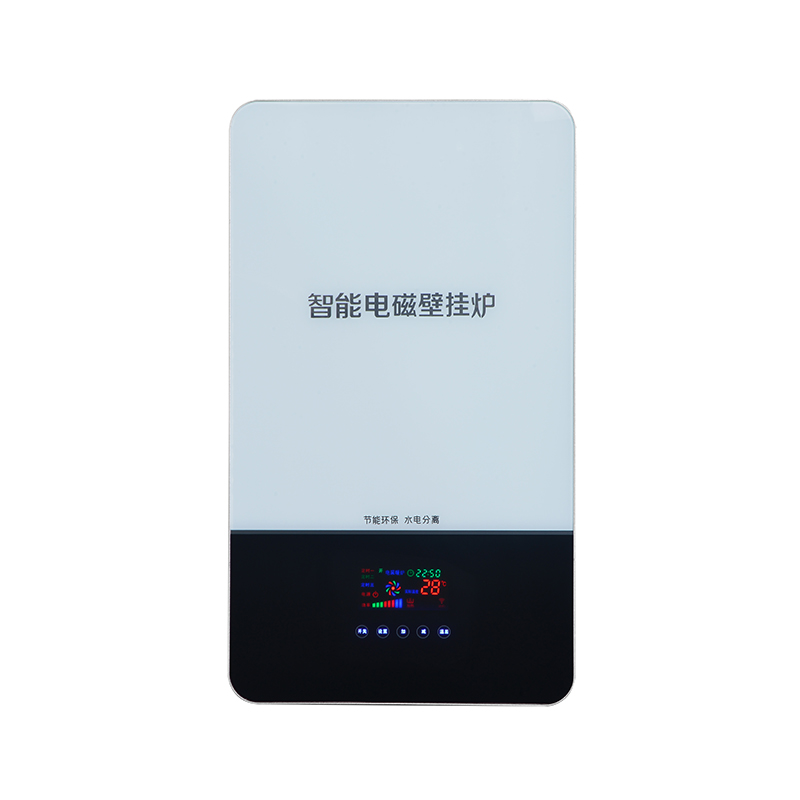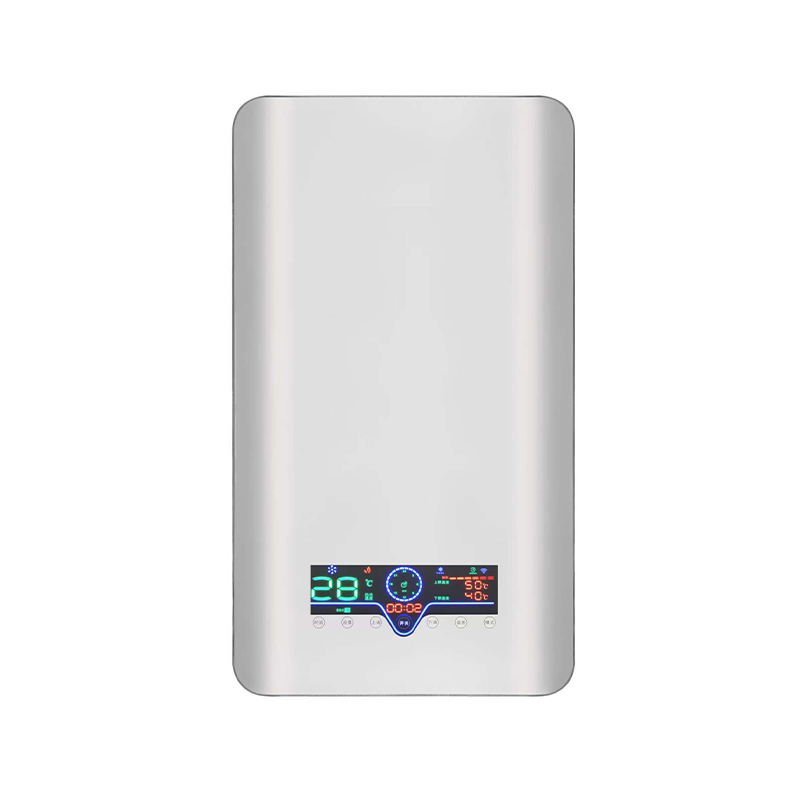How do the anti-dry burn and overheat protection designs of electromagnetic heating furnaces improve safety during use?
Release Time : 2025-08-07
The electromagnetic heating furnace's dry-boil and overheating protection system first detects abnormal conditions through a precise temperature monitoring system. Temperature sensors installed within the furnace monitor the temperature changes of the burner surface and pot in real time. If the water in the pot boils dry or the heating temperature exceeds the safety threshold, the sensors quickly detect this abnormality. This continuous monitoring acts as "eyes" for the furnace, detecting potential hazards before they occur, allowing for subsequent protective measures to be implemented, and preventing safety issues caused by high-temperature dry-boil at the source.
Once an abnormal temperature is detected, the protection system immediately activates a rapid response mechanism. Unlike traditional stoves that require manual intervention, the electromagnetic heating furnace's protection design utilizes an integrated chip for automated processing, requiring no user intervention and responding instantly. This rapid response prevents escalation of dangers due to user negligence or absence. Even when unattended, the furnace can autonomously determine and initiate protective measures, significantly reducing the likelihood of accidents.
Power regulation is a core feature of dry-boil and overheating protection. When an abnormal temperature is detected, the system automatically reduces heating power, even shutting down some heating units to reduce heat output. This dynamic power regulation effectively suppresses continued temperature increases, preventing damage to the stovetop and cookware from prolonged high temperatures. It also prevents fire risks caused by excessive heat buildup, allowing the stove to maintain operation within a safe range or gradually shut down.
Physical isolation and enhanced heat dissipation further enhance protection. The anti-dry burn design optimizes the stove's internal structure, maintaining a safe distance between the heating area and flammable components. Even if localized overheating occurs, it is less likely to ignite surrounding materials. Furthermore, overheat protection activates the cooling system. When the temperature rises too high, the cooling fan speed is automatically increased to accelerate heat dissipation. This physical cooling method keeps the stove temperature within a safe range, preventing performance failure or damage caused by overheating.
The coordinated operation of multiple protection mechanisms enhances safety reliability. The electromagnetic heating furnace's protection design is not a single function, but a comprehensive system consisting of temperature monitoring, power regulation, enhanced heat dissipation, and automatic power off. If an anomaly occurs in any part, other parts will promptly compensate to ensure the protection measures are effective. This multi-layered protection system acts as a multi-layered safety barrier for the stove, minimizing safety risks even in complex operating environments.
A user-friendly notification feature keeps users informed of any abnormalities. When protective measures are activated, the stove will flash lights and sound warnings to alert users of the risk of dry-boiling or overheating.
This intuitive notification allows users to quickly identify the problem and take timely action, such as adding water, adjusting the heat, or checking the pot's condition. This prevents uninformed users from continuing improper operation and further ensures safety.
The long-term stability design extends the effective life of the protection function. The dry-boiling and overheating protection systems utilize durable components and age-resistant circuitry, ensuring they remain responsive throughout the life of the stove, without compromising effectiveness due to frequent use or environmental changes. At the same time, the system performs regular self-tests to ensure the proper functioning of key components such as sensors and chips, ensuring that protection functions remain reliable and providing continuous security for users' daily use.





